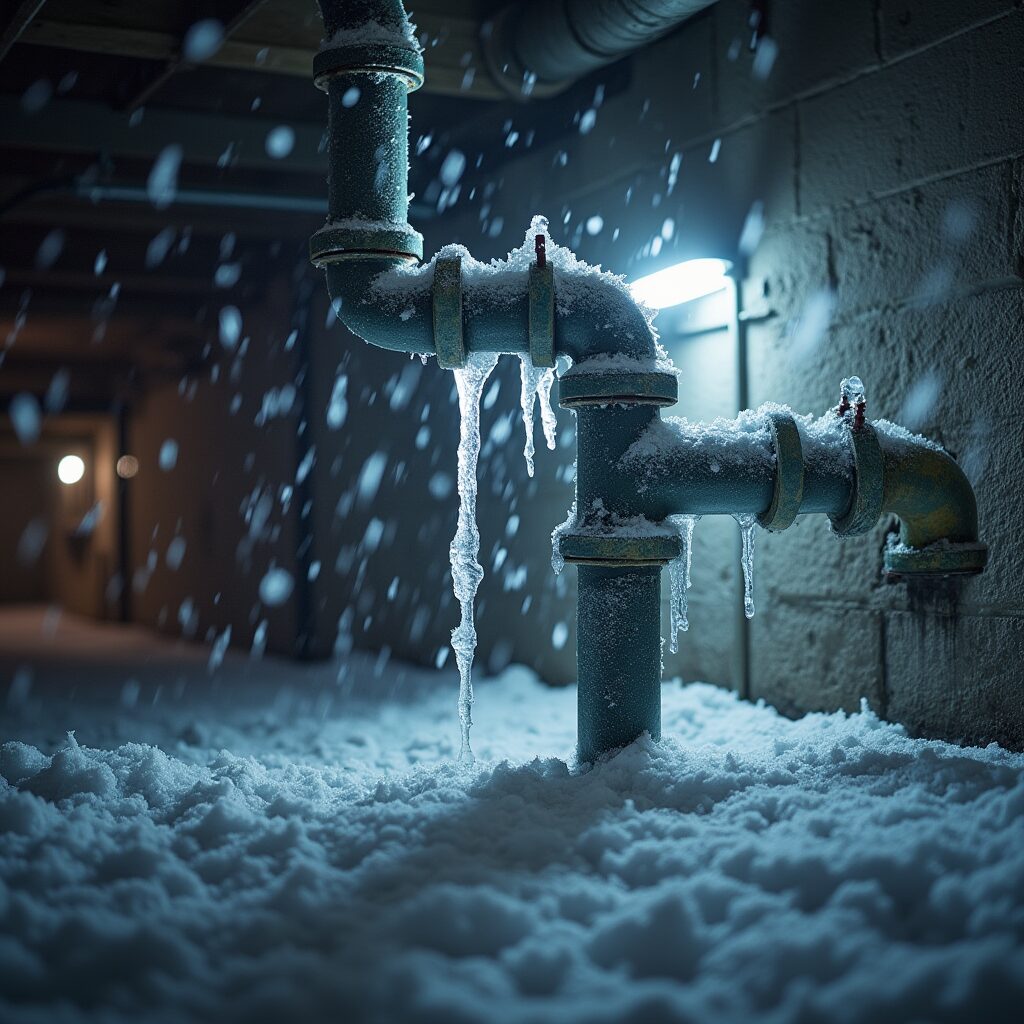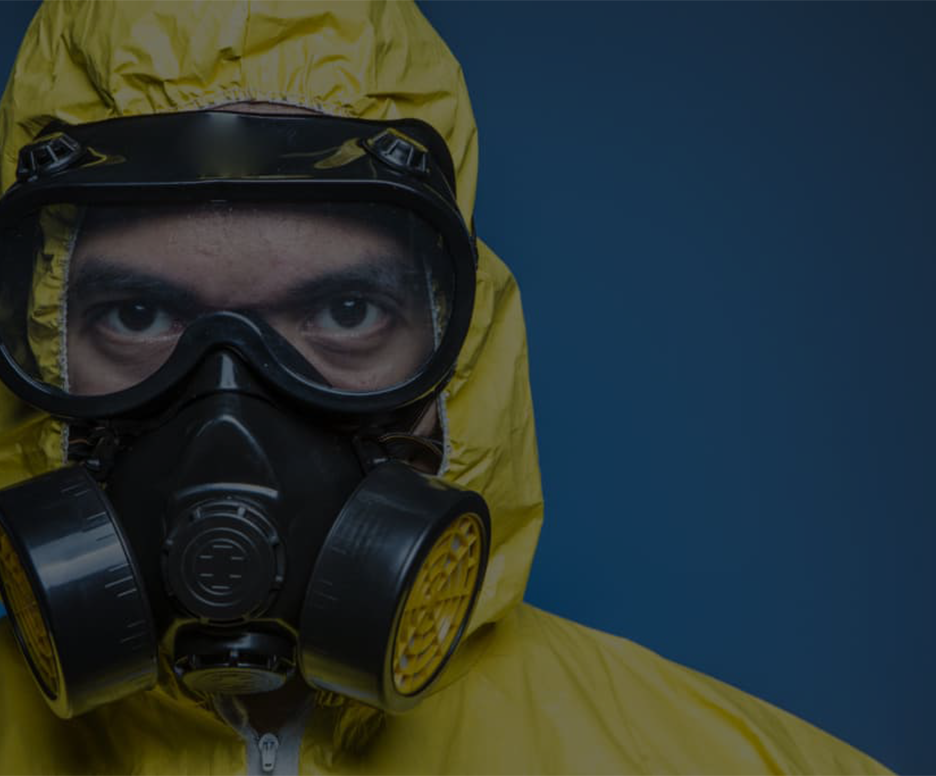
Top 10 Tips To Avoid Water Damage During The Cold Winter Months
Winter brings freezing temperatures that can wreak havoc on homes, leading to burst pipes, ice dams, and costly water damage. Homeowners across Canada face a higher risk of water-related issues during extreme cold, making it crucial to take proactive steps to protect their property.
According to the Insurance Bureau of Canada, water damage accounts for nearly half of all home insurance claims, often costing thousands of dollars in repairs.
Prevention is key, and implementing the right strategies can help homeowners avoid winter-related disasters.
Let’s get right into it!
Insulate Pipes To Prevent Freezing
Pipes in unheated areas such as basements, crawl spaces, garages, and attics are the most susceptible to freezing. Insulating pipes with foam sleeves, heating cables, or fibreglass wrap can help prevent freezing and bursting. Even hot water pipes should be insulated since they can still freeze in extreme temperatures. Keeping cabinet doors open under sinks allows warm air to circulate around plumbing, further reducing the risk of frozen pipes.
Keep Your Home Heated Even When Away
Maintaining a consistent indoor temperature is essential for preventing frozen pipes. Experts recommend keeping the thermostat set to at least 12°C, even if no one is home. Smart thermostats provide an efficient way to regulate temperatures, allowing homeowners to monitor and adjust heating remotely. Turning the heat off completely during vacations can be risky, as interior pipes are still vulnerable to extreme cold.
Allow Faucets To Drip During Extreme Cold
Running a slow trickle of water through faucets during a deep freeze can prevent pipes from freezing. This is especially useful for plumbing in exterior walls or unheated spaces. Moving water is less likely to freeze than stagnant water, reducing the risk of ice blockages. While this method uses a small amount of water, it is far less costly than repairing a burst pipe and dealing with water damage.
Seal Cracks And Gaps In Your Home’s Exterior
Cold air infiltration can cause pipes to freeze faster and lead to energy loss. Common areas that allow cold air inside include foundation cracks, gaps around windows and doors, attic vents, and exterior wall penetrations. Sealing these gaps with weather stripping, caulking, or spray foam insulation helps retain heat while reducing the likelihood of frozen plumbing. Proper insulation also contributes to lower heating bills by preventing drafts.
Disconnect Outdoor Hoses And Shut Off Exterior Water Lines
Water left inside outdoor hoses or exterior faucets can freeze and expand, pushing ice back into interior pipes and causing them to burst. Before winter arrives, homeowners should disconnect and drain garden hoses, then shut off and drain exterior water lines. Installing insulated faucet covers provides an additional layer of protection against freezing temperatures. If an outdoor faucet freezes, it is crucial to thaw it safely before attempting to turn it on.
Clear Gutters And Downspouts To Prevent Ice Dams
Clogged gutters can lead to ice dams, which form when melted snow refreezes along roof edges and prevents proper drainage. Ice dams can force water under roof shingles, leading to leaks and interior damage. Keeping gutters and downspouts clear of leaves, debris, and ice ensures that melting snow flows away from the home. Using a roof rake to remove excess snow can also prevent ice buildup and structural strain.
Prevent Ice Dams By Managing Attic Insulation And Ventilation
Heat escaping through the attic warms the roof and melts snow unevenly, creating ideal conditions for ice dam formation. Ensuring the attic is well-insulated helps maintain a consistent roof temperature, preventing premature snowmelt. Proper attic ventilation allows cold air to circulate, reducing heat buildup. If icicles frequently form along the roofline, it may be a sign of poor insulation or ventilation that needs to be addressed.
Monitor Your Home’s Water Pressure
Sudden drops in water pressure may indicate a frozen pipe, as ice blockages restrict water flow. Homeowners can use a pressure gauge to monitor fluctuations and detect potential issues early. High water pressure can also put unnecessary strain on plumbing, increasing the risk of pipe failure. Installing a pressure-reducing valve helps maintain safe water pressure levels, preventing stress-related leaks and bursts.
Use Smart Water Leak Detectors And Automatic Shutoff Valves
Water leak detectors provide real-time alerts to potential leaks or freezing conditions before they cause serious damage. Some models feature automatic shutoff valves that stop the water supply when a leak is detected. Investing in smart leak detection technology can help prevent costly water damage by catching problems early. These devices are especially useful for vacation homes or properties left unattended during the winter months.
Know Where Your Main Water Shutoff Valve Is Located
Shutting off the water supply quickly can prevent extensive damage if a pipe bursts. The main shutoff valve is usually located in the basement, utility room, or near the water meter. Testing the valve before winter ensures it is in working condition and can be turned off easily in an emergency. If a shutoff valve is difficult to turn, applying lubricant or replacing it can make it more accessible when needed.
Insurance And Financial Considerations For Winter Water Damage
Home insurance typically covers damage caused by sudden and accidental water-related incidents, including burst pipes. However, claims may be denied if the homeowner fails to take preventive measures, such as maintaining adequate heating. When filing a claim, providing documentation such as photos, repair estimates, and receipts helps streamline the process. Some provincial programs offer financial assistance for emergency home repairs, making it worthwhile to check for available support.
FAQs Preventing Water Damage In Cold Weather
How can I tell if my pipes are frozen before they burst?
If no water comes out when turning on a faucet, or if there is a noticeable drop in water pressure, the pipes may be frozen. Frost on exposed pipes and unusual noises from the plumbing system are also signs of freezing.
Is it safe to use a space heater to prevent pipes from freezing?
A space heater can help in an emergency, but it should never be left unattended. It is safer to use proper pipe insulation and maintain a consistent indoor temperature to prevent freezing.
How much attic insulation do I need to prevent ice dams?
Experts recommend at least 12 to 15 inches of insulation in the attic to maintain an even roof temperature. Proper ventilation should also be in place to prevent warm air buildup.
What’s the best way to insulate exterior pipes?
Wrapping pipes with foam insulation sleeves or using heat tape provides effective protection against freezing. Pipes in unheated areas should be insulated to reduce exposure to extreme cold.
Can I turn off my water supply if I leave home for the winter?
Turning off the water supply and draining the pipes can prevent freezing damage, especially if the home will be vacant for an extended period. Keeping the heat on at a low setting adds extra protection.
What temperature should my home be kept at to prevent freezing?
The thermostat should be set to at least 12°C to prevent interior pipes from freezing. Even in an unoccupied home, maintaining some level of heat reduces the risk of damage.
Are water leak detectors really worth the investment?
Yes, smart water leak detectors provide early warnings of leaks or freezing conditions, potentially saving thousands in repair costs. Some models include automatic shutoff valves for added protection.
What should I do if I have no running water during a cold snap?
If pipes are frozen, apply gentle heat using a hairdryer or heating pad. Never use an open flame to thaw pipes, as this can cause fire hazards or pipe damage.
How do I thaw a frozen pipe safely?
Start by opening the faucet slightly, then apply heat to the frozen section using a space heater, heating cable, or warm towels. Heating should be applied gradually to avoid sudden pressure buildup.
Should I hire a professional to winter-proof my home or can I do it myself?
Many winter-proofing tasks, such as insulating pipes and sealing gaps, can be done as DIY projects. However, a professional inspection can identify hidden risks and provide additional protection.
Conclusion
Winter water damage can be prevented with the right precautions, from insulating pipes to clearing gutters and managing indoor temperatures.
Early detection and regular maintenance are essential in reducing risks and avoiding costly repairs. Taking proactive steps before the first deep freeze ensures a safer and more resilient home throughout the winter season.
If you have any questions about our article, “Top 10 Tips To Avoid Water Damage During The Cold Winter Months” or need water damage restoration services contact us at 1-833-WE-DRY-IT any time 24/7/365 all the time or connect with us on social media, we’re there when you need us!
Related Posts
Water Damage Restoration Articles
What you can expect from a fire damage restoration company
Water damage prevention tips from the most common problems we’ve seen
Top causes of water damage in commercial buildings and how to find them
Must-know water damage tips: What to do after your house floods
What does good water damage restoration look like?
DIY water damage restoration and the hidden dangers
How to choose the right water damage company
Flast floods: What to do before, during and after a flash flood
What to do when your attic leaks?
Mould Removal Restoration Articles
5 Signs You Have Mould Growing In Your Walls
“Can I Remove Mould Myself?” Our Mould Removal Experts Have Answers
7 Must-Know Reasons Why You Should Get A Mould Inspection Before Buying A House
Does Mould Attract Bugs? Yes And Here’s What Kind And Why
How To Remove Mould From The Attic [Mould Prevention Tips Inside]
How Rain Causes Mould Growth-Prevention Tips Included
Must-Know Tips: How To Remove Mould In Your Basement
Fire Damage Restoration Articles
How to clean up after a house fire
Fire damage restoration checklist
Fire damage tips: 6 hazards property owners miss
How smoke from fires can negatively affect your health
What are the most common causes of house fires?
10 helpful smoke damage cleaning tips
Related Water Damage Services
Fire damage restoration services
Water damage restoration services
Emergency cleanup services
Mould removal services
Weather damage services


